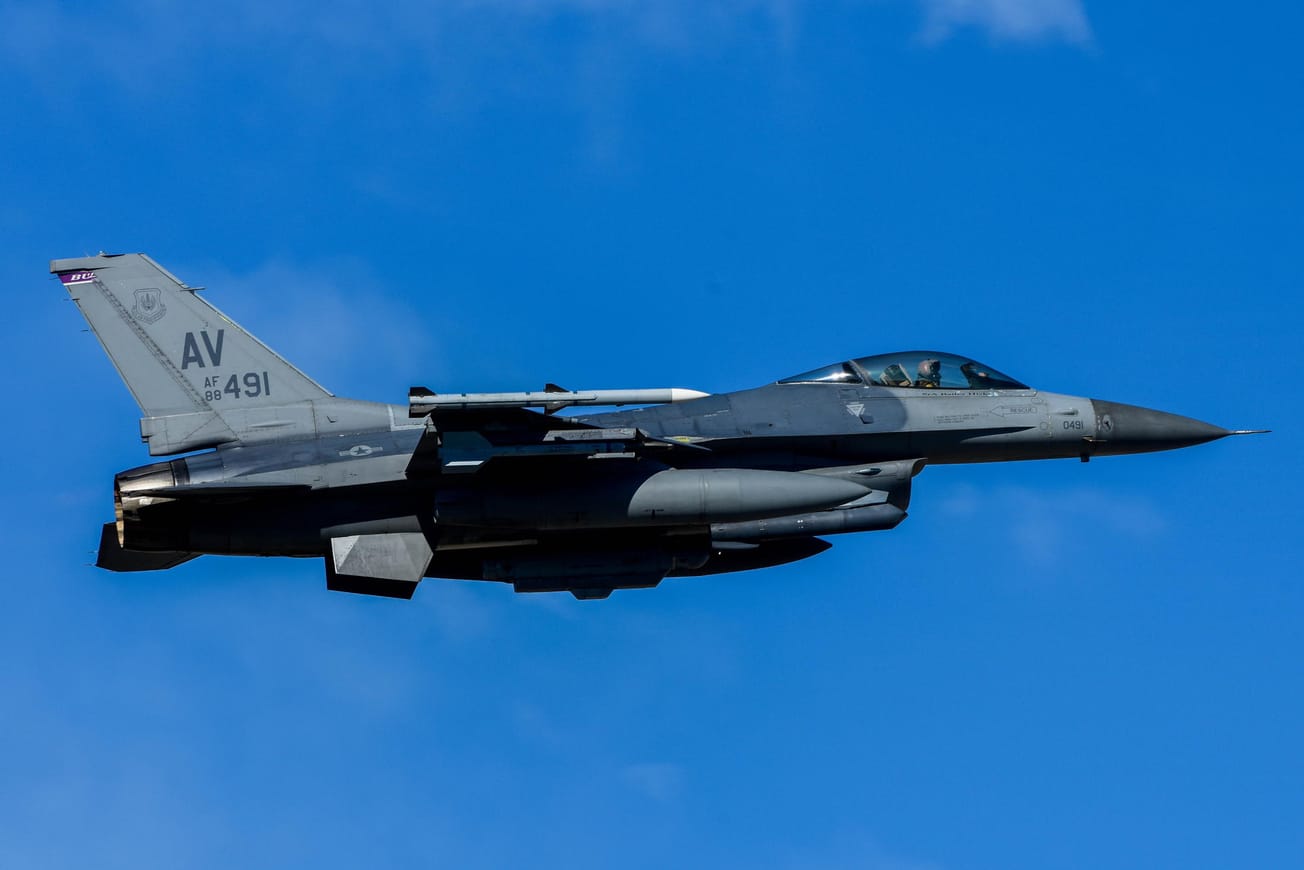The advanced “game changing” NATO weapons that were supposed to change the course of the war towards Ukrainian victory over Russia aren’t working. This is covered in an extensive Wall Street Journal report posted early July 10. It focuses on GPS-guided munitions such as the M982 Excaliber 155mm guided artillery round, the Ground-Launched Small Diameter Bomb (GLSDB) and other such weapons. Russian forces have learned how to render such weapons ineffective through the use of electronic warfare techniques that attack their guidance and fusing components. Ukrainian forces have quit using both the M982 and the GLSDB as a result.
Some of the other Western precision weapons, provided more recently, continue to strike high-value Russian targets, the Journal reports. U.S.-made ATACMS ballistic missiles and the Storm Shadow cruise missiles manufactured by Franco-British-Italian defense company MBDA have devastated several airfields, command centers and communications facilities in Crimea and other parts of the country this year. A number of Russia’s vaunted S-400 air defense batteries were among the successful hits.
For these weapons, too, it’s only a matter of time before Russia learns how to reduce the effectiveness and improve interception rates, Ukrainian military officials and Western defense experts say. Over the past week, the Russian military claims to have acquired intact guidance and warhead components of both the ATACMS and Storm Shadow missiles, so it’s likely that very soon the Russians will render those weapons useless as well.
The alternative that’s offered is the massive use of unguided 155 military artillery. “They are immune to any type of jamming, and they will go to target regardless of what type of electronic warfare capability there may be,” said Lt. Gen. Esa Pulkkinen, the permanent secretary of Finland’s Defense Ministry.
There are two problems with that theory, however. Artillery is vulnerable to counter battery fire. The Russian Defense Ministry has published dozens of videos showing the destruction of NATO-supplied artillery guns, both towed and self-propelled, often by Lancet kamikaze drones.
Secondly, Ukraine’s NATO backers cannot supply enough artillery rounds to turn the tide. This is exposed in a Radio Free Europe/Radio Liberty report which covers the fact that EU production capacity is only about one-third of what EU officials have repeatedly promised it is and far less than what Ukraine is demanding.
In addition to the capacity issue, report’s interviews with ammunition producers, buyers, government officials, policy advisers, and defense experts in EU member states and Ukraine showed that the EU has given Ukraine about half as many shells as it has promised, with a significant delay.





